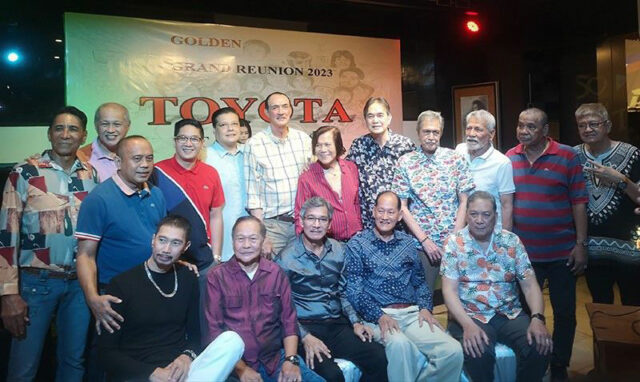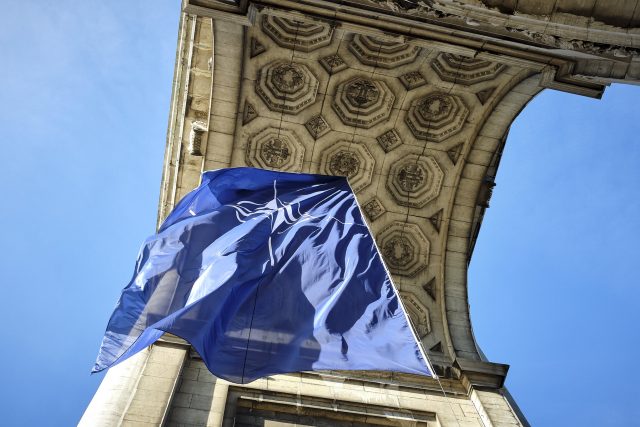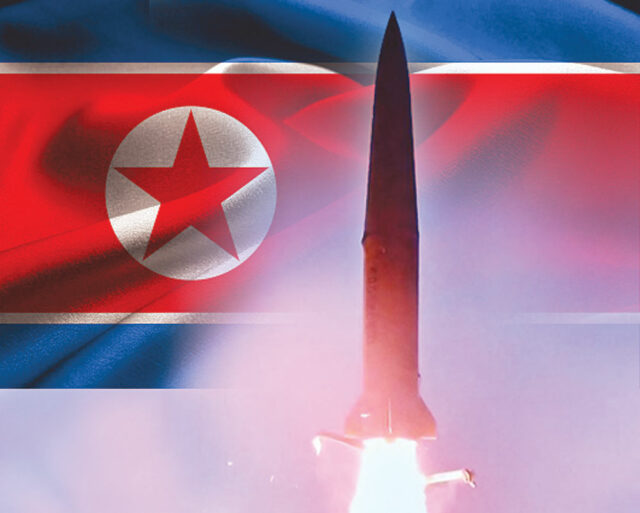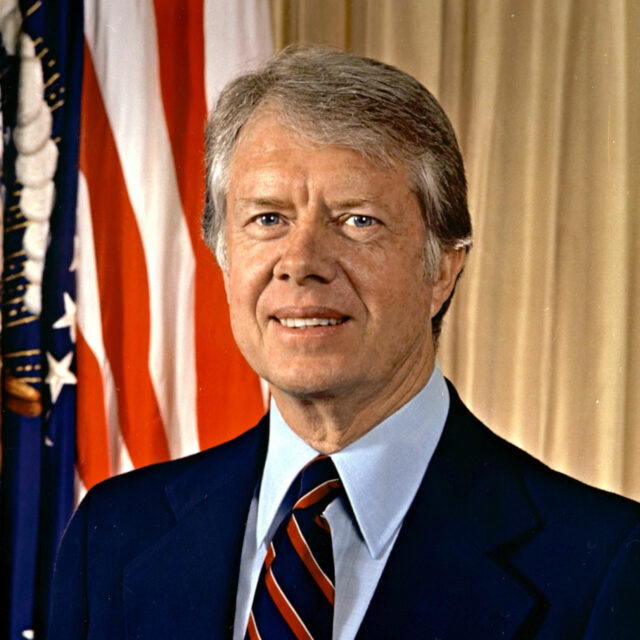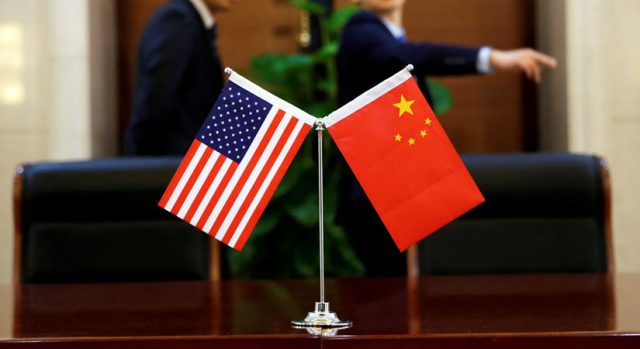RESEARCHERS seem to have discovered a fountain of youth, but it’s a tough sell: eating far fewer calories.
This is apparently not about losing weight but has more to do with the benefits of not over-fueling your cells. Scientists have found that cutting way back on food can double the lifespans of mice and add years for monkeys. And now there’s new evidence, from a big clinical study called Calerie, of a possible effect in humans based on a two-year trial that changed molecular markers of aging in calorie-deprived subjects.
Talking about reducing food intake can be a difficult subject. People enjoy eating and need to do it to survive. Not eating enough can be a problem, from malnourishment to eating disorders. And for those trying to lose weight, cutting down on food is notoriously hard. Surely, there has to be a better fountain of youth out there?
Indeed, the scientists behind the study hope the results might lead to understanding the secret sauce behind the life-extending property of calorie restriction, so people could get the benefit in more palatable ways. They say we might soon find ways to extend our lives with relatively minor dietary tweaks, including the currently trendy practices of intermittent fasting or restricting eating to certain hours — no need to give up enjoying our favorite recipes or restaurants.
They also noted that because dieting is so hard, the subjects in their study only achieved a small reduction in calories over the two-year trial — about 300 calories a day less than they’d previously consumed. And yet they still got a measurable benefit.
That may mean that we don’t have to suffer (too much) to benefit from these findings, said Sai Krupa Das, who studies aging and nutrition at Tufts University and is one of the authors of the study.
One of the first pieces of observational evidence favoring calorie restrictions came from the island of Okinawa, where, until recently, people enjoyed the longest lifespans in the world and their traditional diet was unusually low in calories.
Another data point came from Roy Walford, a University of California, Los Angeles doctor and medical researcher who founded the modern calorie restriction movement. In 1991, he joined a crew of six bionauts, sealing themselves into a dome in the Arizona desert where they were supposed to grow all their own food. When production quickly fell short, he turned the fiasco into a calorie restriction experiment, and reported lots of markers of improved health among his hungry crewmates.
Now the Calerie study has published its findings in Nature Aging. Volunteers were randomly assigned to one of two groups. One group was supposed to eat only 75% of their normal intake for a period of two years. The others, in the control group, ate normally.
The calorie-cutting group worked with nutritionists to figure out what their normal intake was and how to reduce it while still getting enough protein, vitamins and minerals. By the end of the trial, they had cut about 300 calories from their daily intake — about half of the goal. (Eating less, as I mentioned, is really hard.)
The study has a couple of limitations. The sample size was small — just 220 people across the two groups. And the calorie cutters got to work with a nutritionist and might have benefitted from eating better food than the control subjects, rather than just eating less.
Nonetheless, the changes they made showed some major health benefits, said William Kraus, a cardiologist at Duke University who collaborated on the study. Compared to the control subjects, the slightly calorie-deprived group showed markers of better cardiovascular and metabolic health.
The subjects started with a body mass index between 22 and 28, which is considered normal to overweight. They tended to lose weight early and then plateau.
But even after they stopped getting thinner, they kept getting healthier according to blood measurements, a finding published in a previous paper. The new study analyzed the same subjects for what the researchers call aging clocks. Studying these molecular timekeepers requires tracking changes in something called epigenetic markers — small chemical pieces that stick to and block certain pieces of DNA from being activated. Our epigenetic markers can slowly move around and get scrambled over time, something scientists have learned to use to estimate age.
What this study focused on was rate of aging, said epidemiologist and study co-author Daniel Belsky of the Columbia School of Public Health. They saw signs that the calorie cutters’ cells were aging a tiny bit more slowly. It was a small difference overall, but might add up to something meaningful if the subjects kept at it. Das, of Tufts, said she’s working on a follow-up study to see whether the subjects sustained the new eating patterns and how that affected them.
Kraus, the cardiologist, laid out some reasons why eating less might slow aging. The energy-producing part of your cells, called the mitochondria, get overworked when you eat a lot. “It’s like running your car engine hot,” he said. Toxic byproducts get produced — reactive oxidative species, also known as free radicals.
So cutting calories can reduce the load on those mitochondria, he said. Exercise can have a similar effect and helps the mitochondria burn the metabolic trash. “It reduces the trash load in the cell and makes it more efficient,” he said.
There’s still a lot scientists are trying to learn about the benefits of calorie restriction, and whether intermittent fasting would really have the same benefits.
But before you put down those chocolates, the story of Walford — the biodome researcher — carries an important caveat. Yes, he reportedly ate sparely his whole life and remained rail thin at 5’7” and 130 pounds. But Walford, who funded his medical school education by devising a scheme to win at roulette, appeared to lose his long gamble with the grim reaper; he developed the debilitating neurological disease ALS and died at age 79.
Cutting calories might help people live longer and healthier on average. But there’s no guarantee it will add years to your life.
BLOOMBERG OPINION
